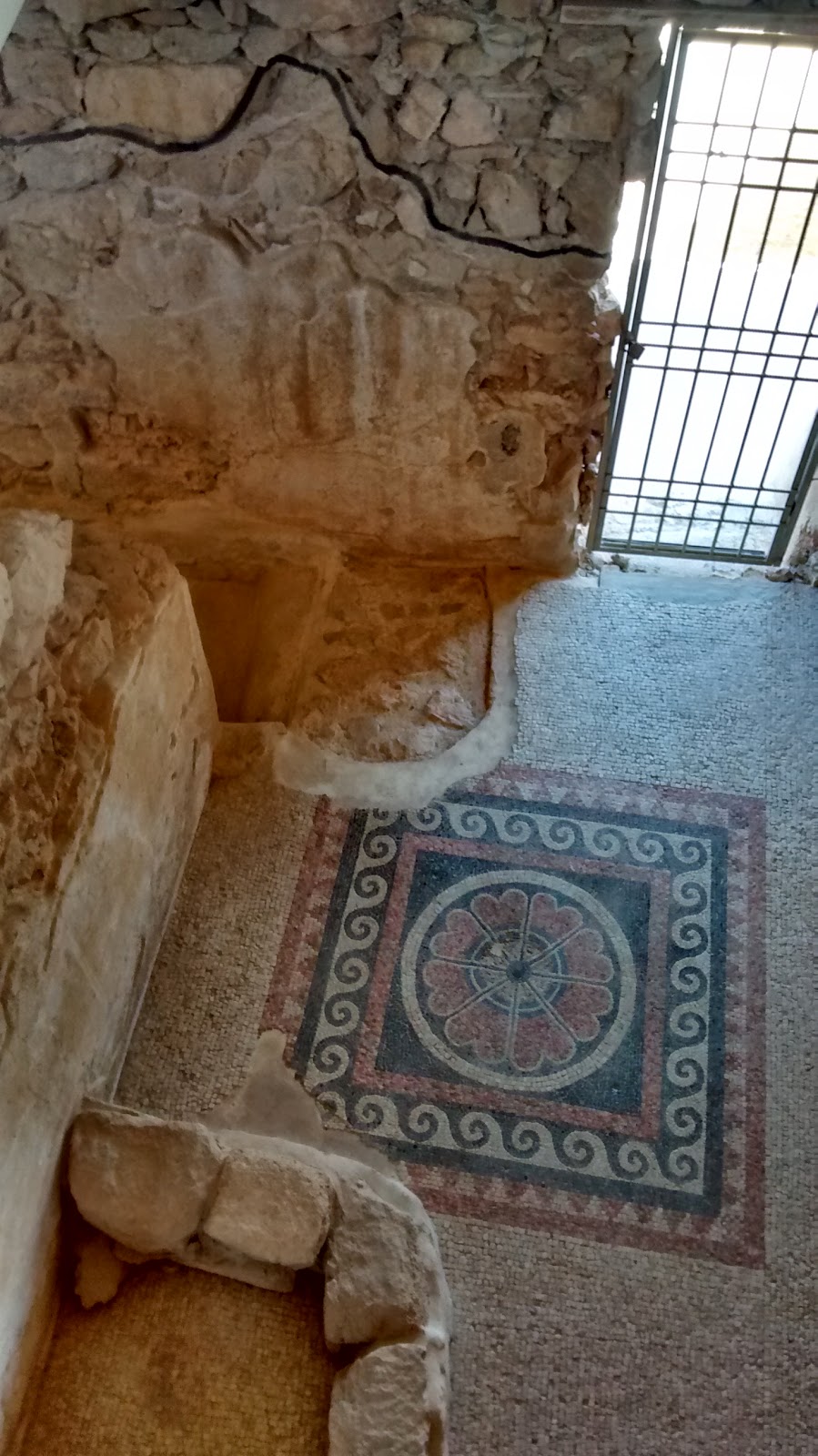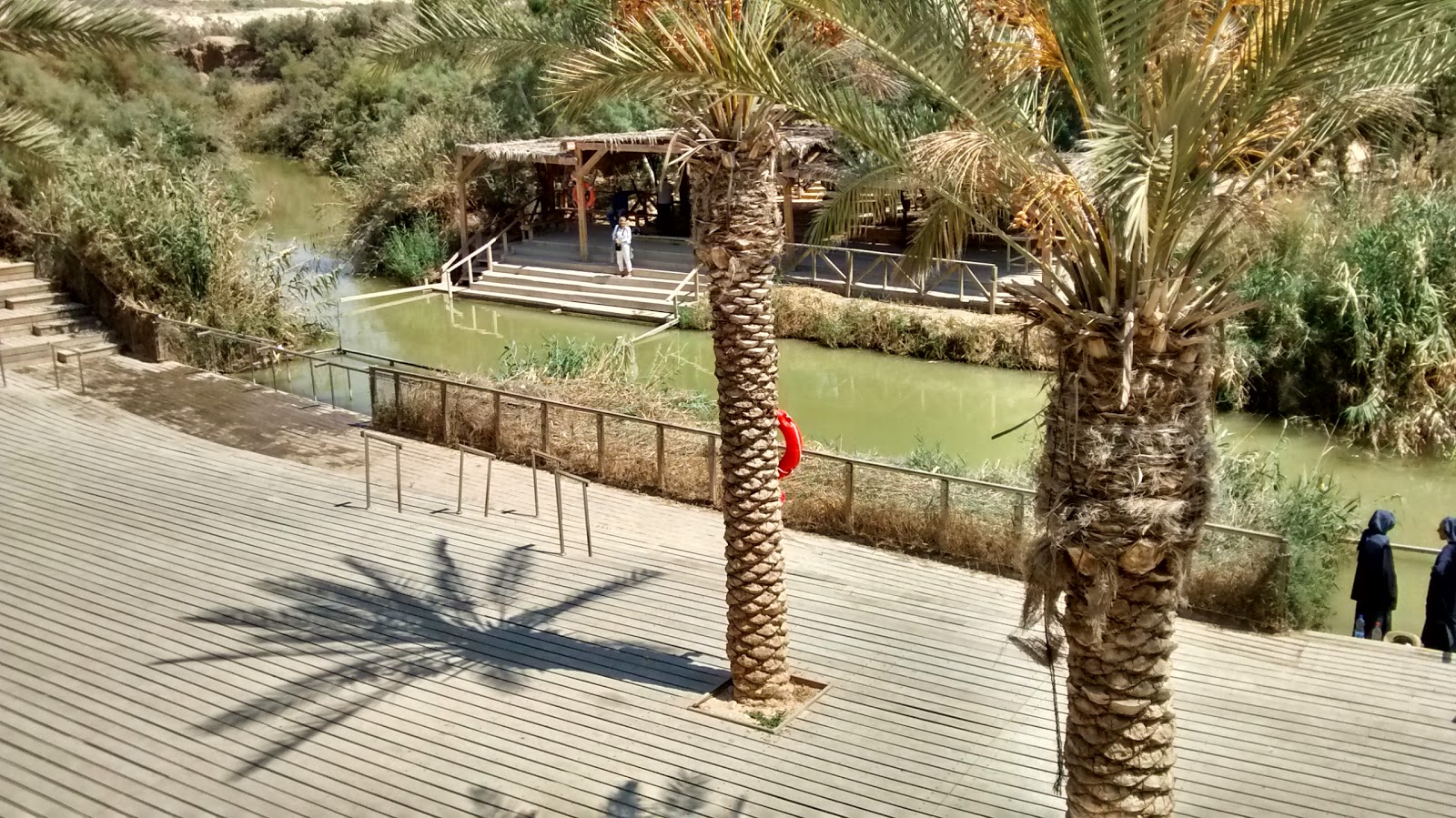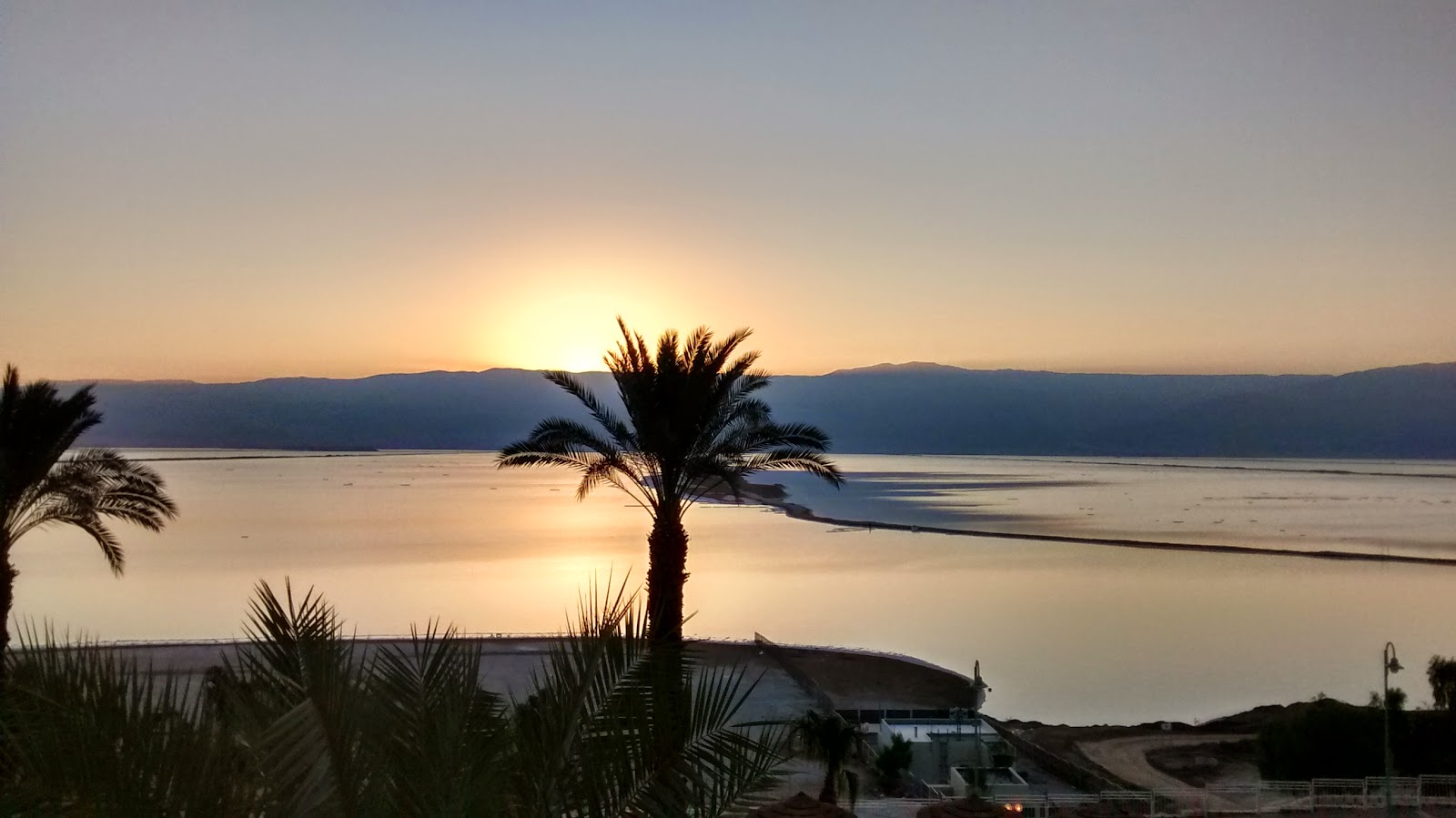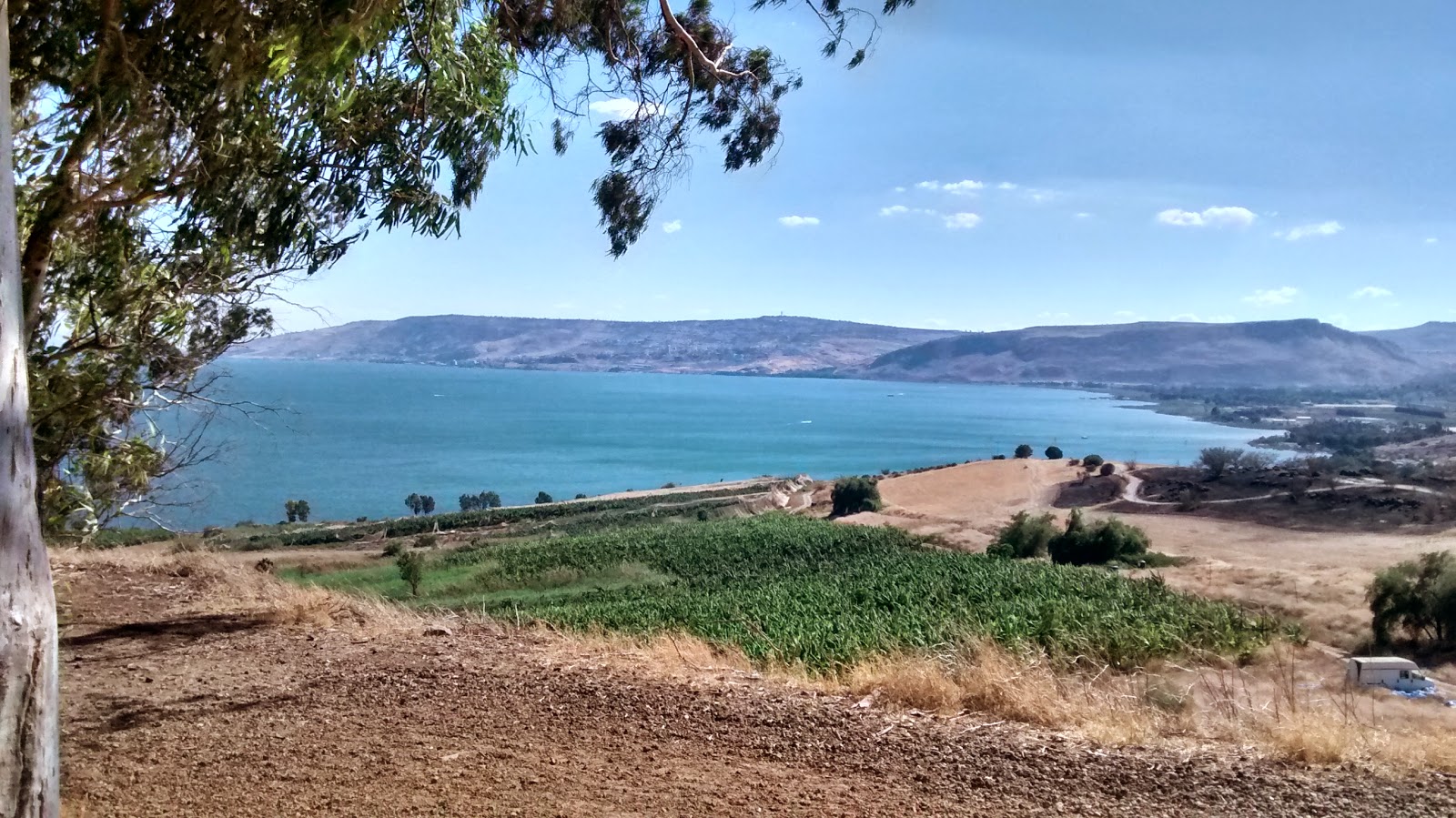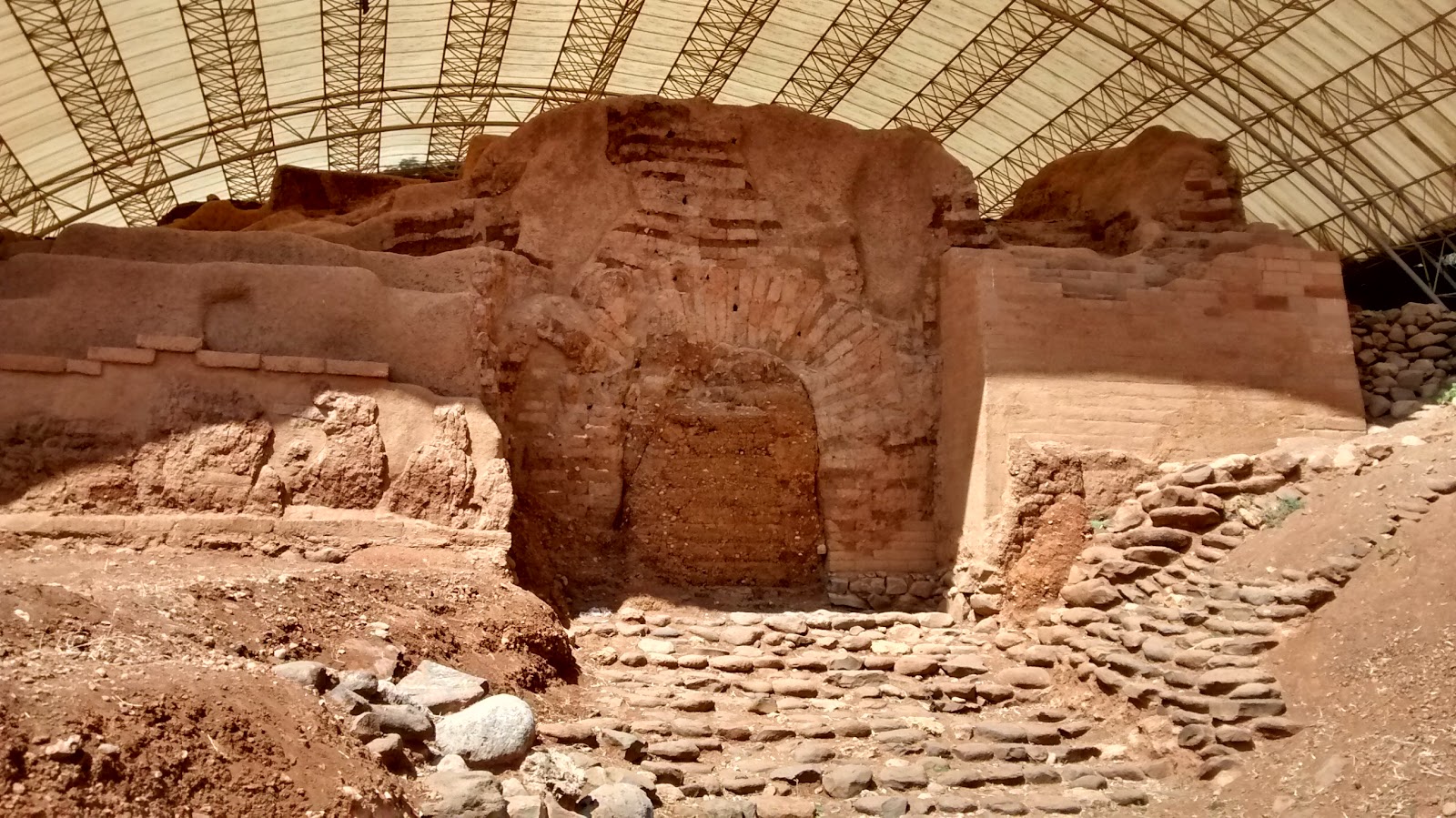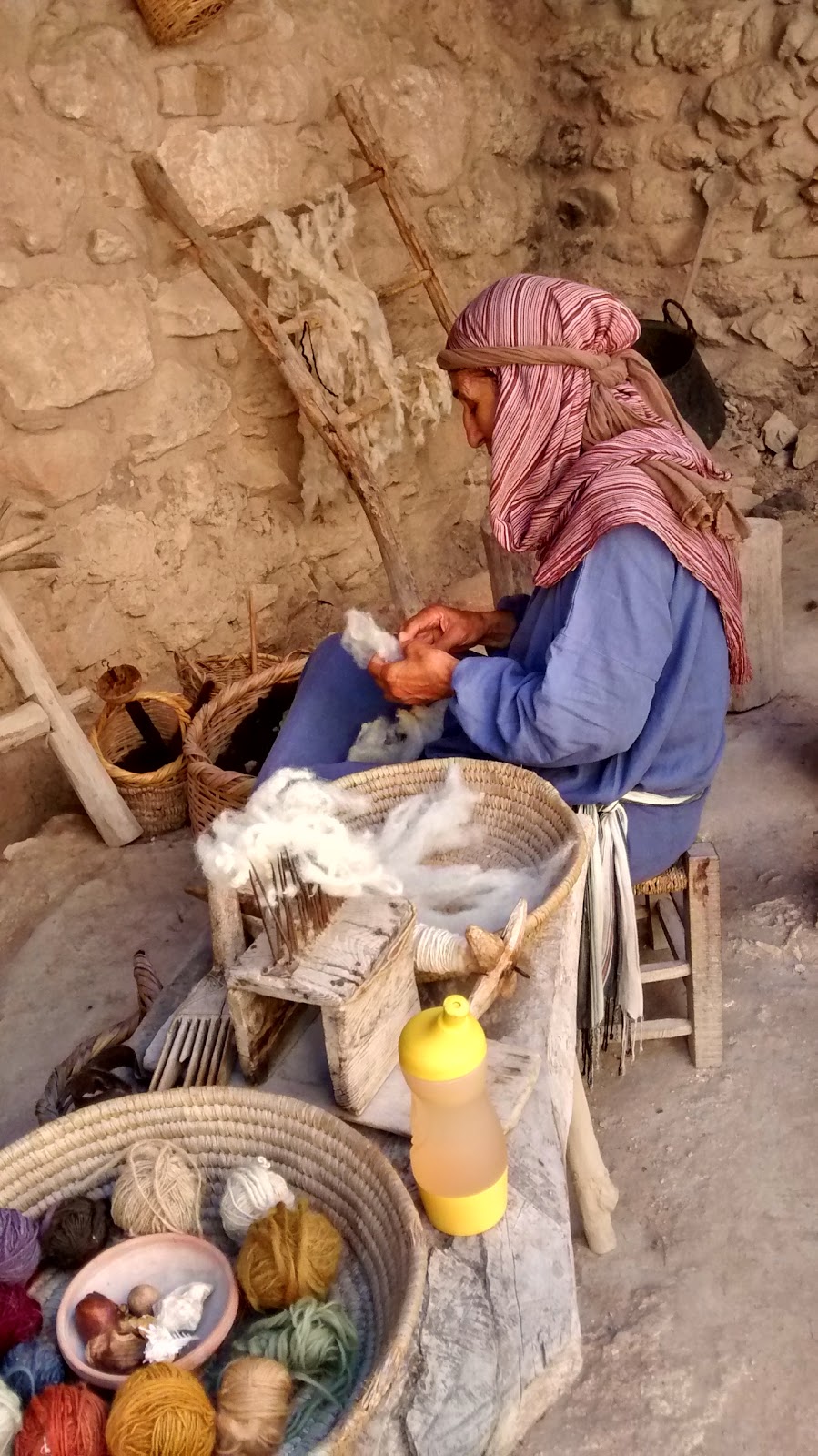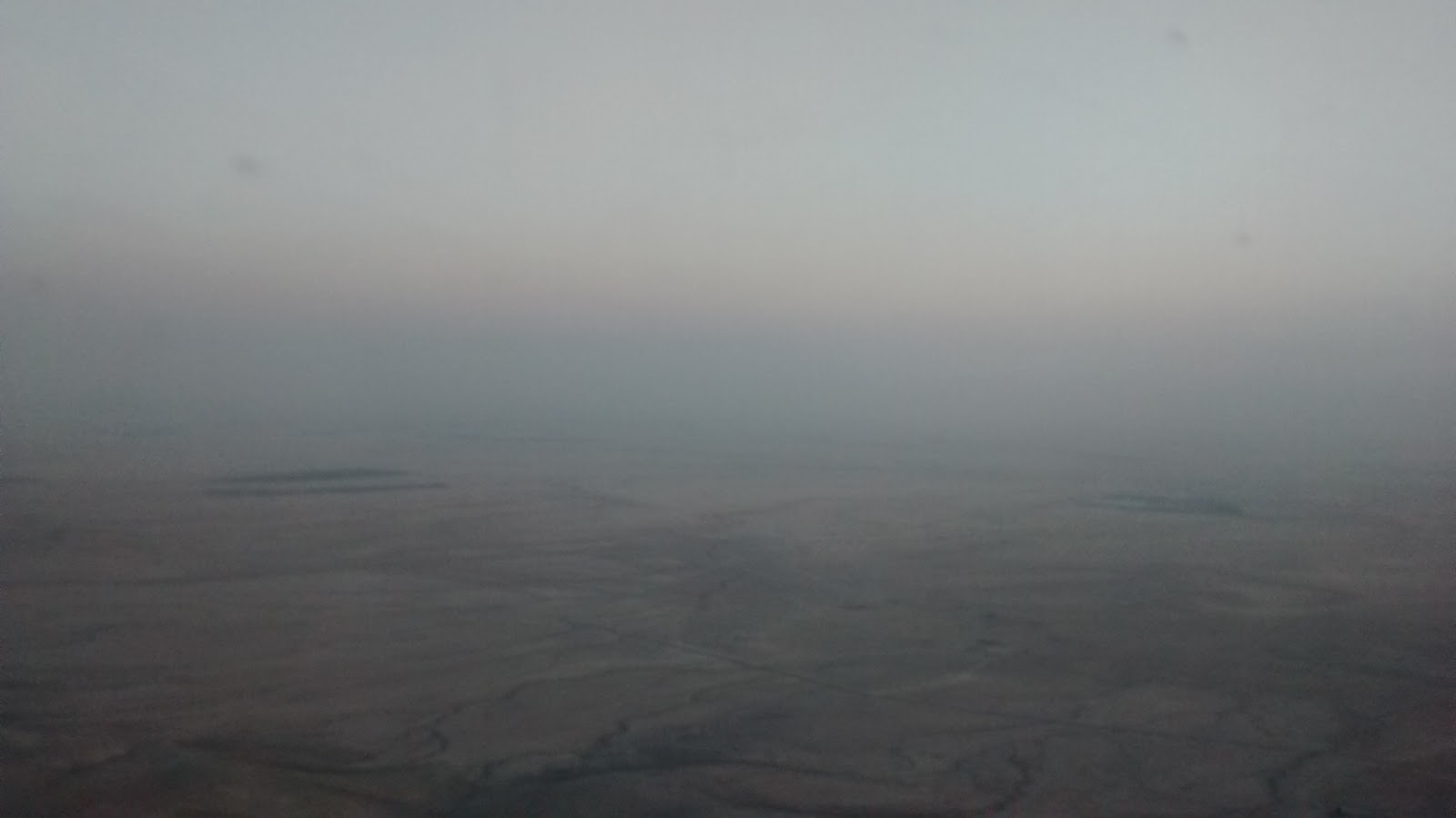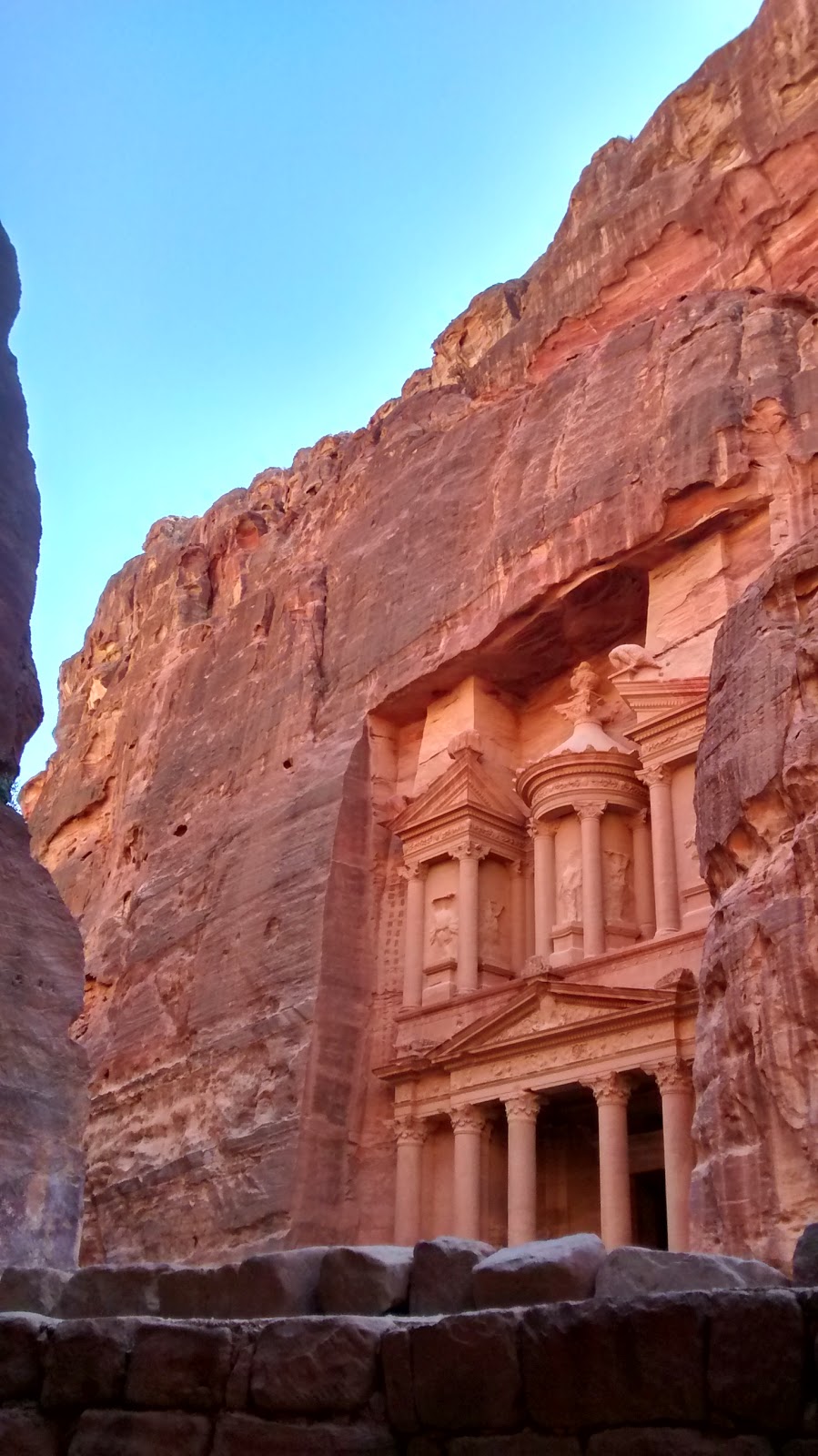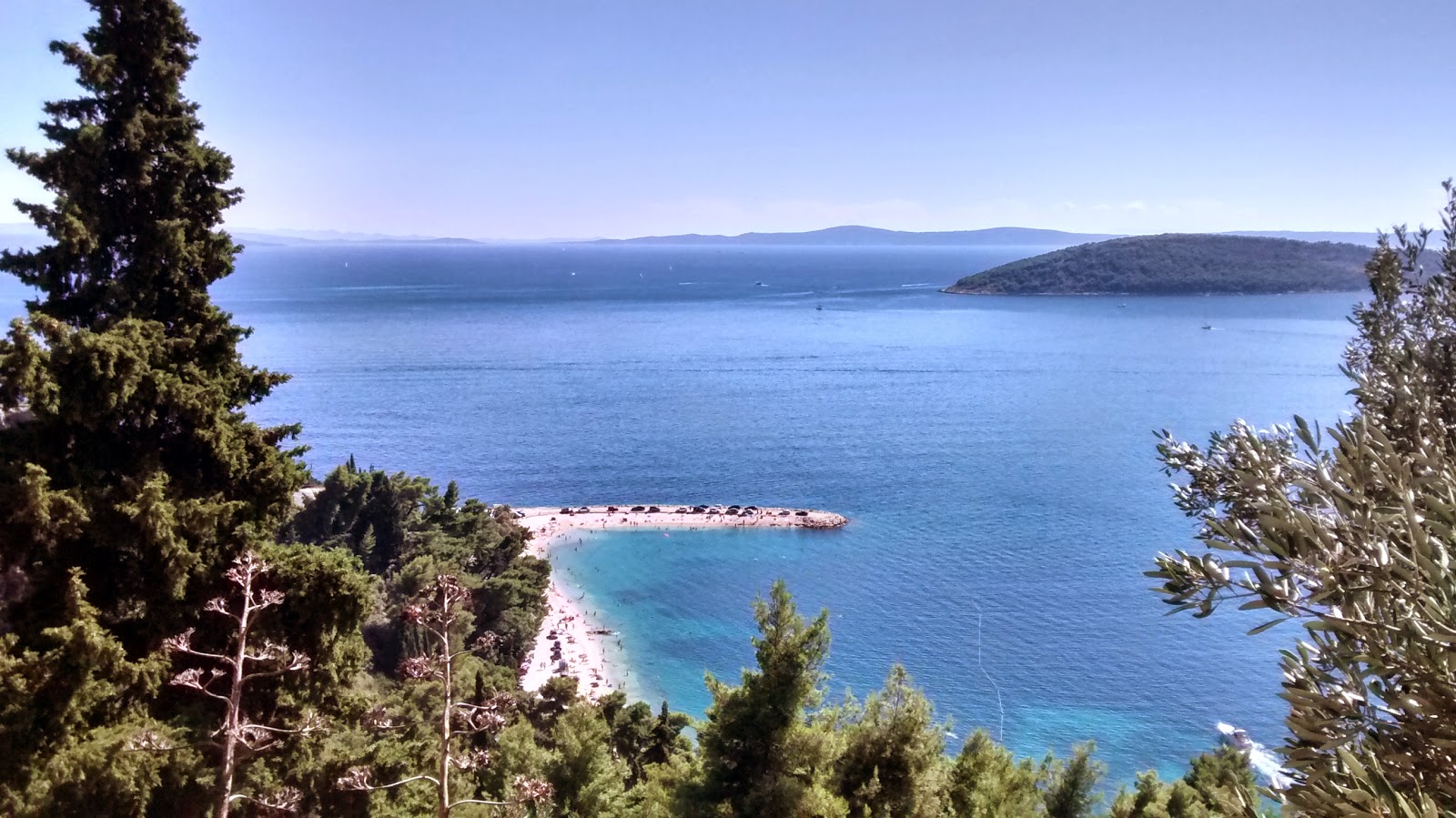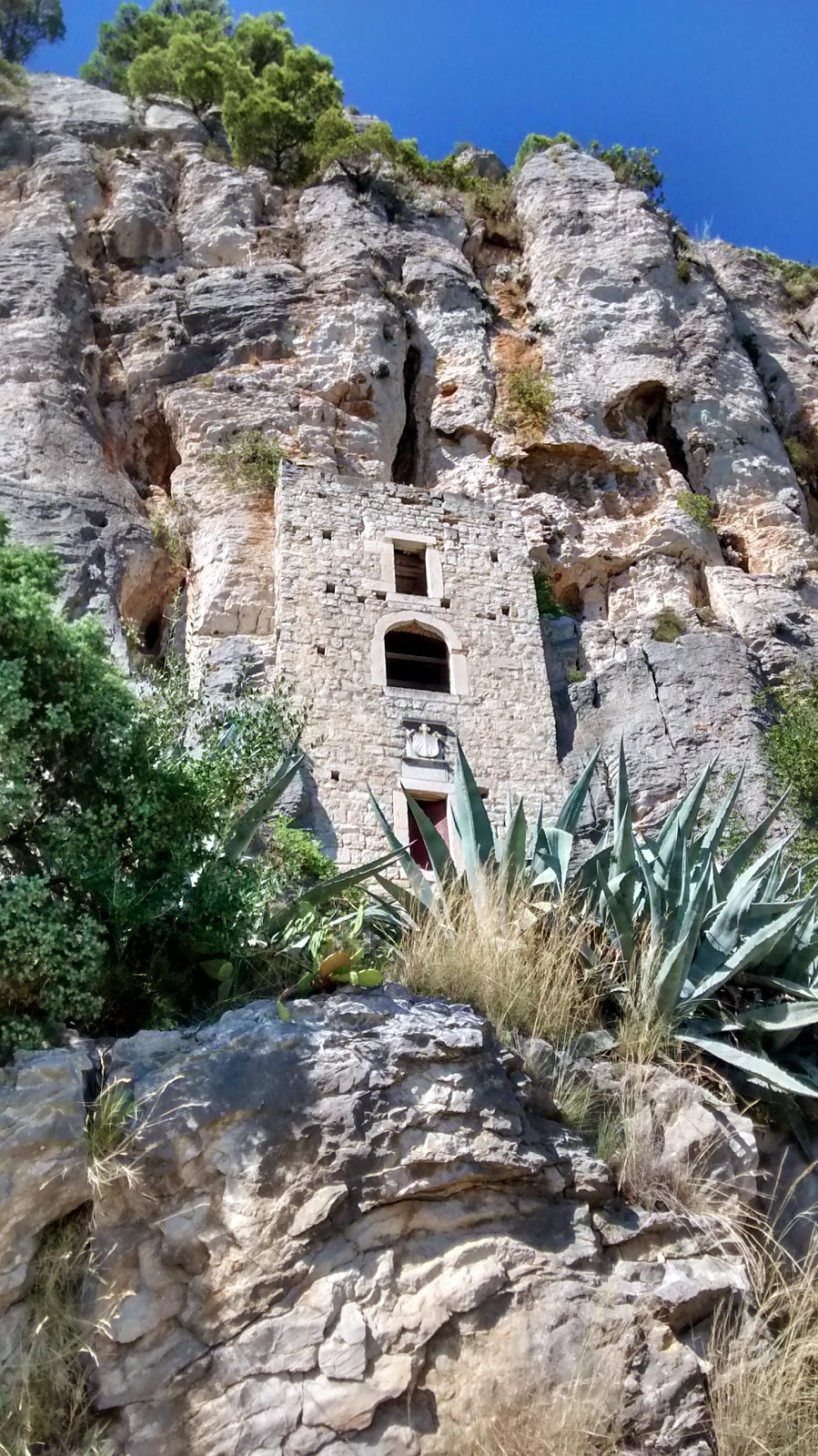 |
| Bay of Kotor |
Beautiful blue water surrounded by rugged green mountains. An emerald paradise along the coast of the country of
Montenegro. So, why have we never heard of this Eastern European country? Possibly because it was part of the former Yugoslavia and then part of Serbia. Montenegro most recently been an independent country since 2006. For those who like Croatia's beaches, Montenegro's are much the same -- clear blue water and rocky beaches. The
Bay of Kotor stretches from the Adriatic Sea. We stayed inside the city walls of the old town of Kotor, on the far inland of the Bay of Kotor.
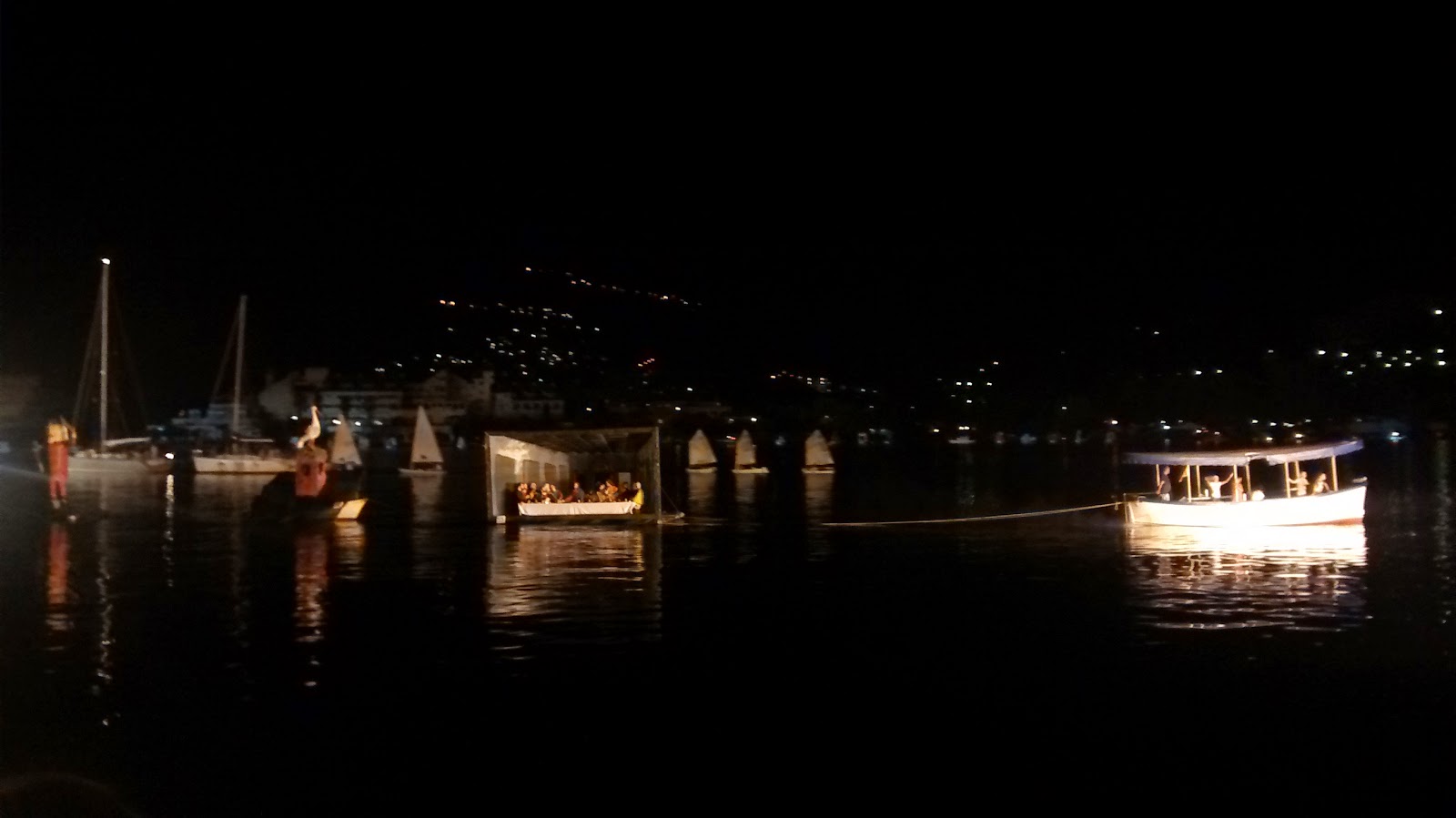 |
| Boka Night boat festival |
When I say
Kotor is small, I mean really small. The town has a total of about 5000 people. But the streets were full the night that we arrived due to
Boka Night, an annual boat festival. We missed the parade for Boka Night, due to a delicious dinner of mussels. Yet, we were in time to see the boat floats circle around the Bay in front of Kotor. Some were quite simple (crude looking paper-maiche characters) while others were a bit more elaborate (a surfer paddling rapidly in front of a shark). The entire time, loud music blared from speakers set up along the water. At the end of the night, fireworks shot off from the other side of the inlet.
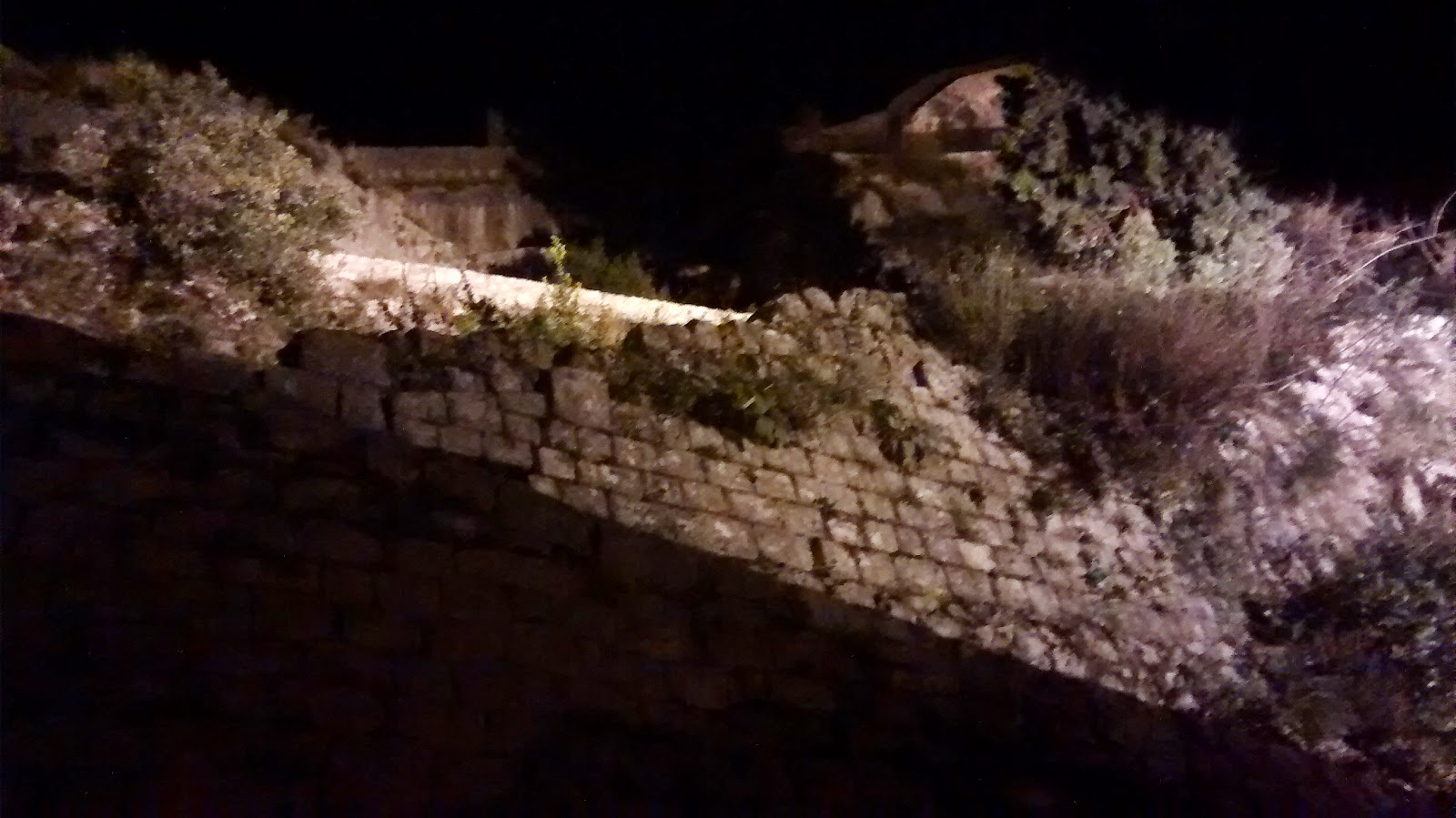 |
| Up the city walls we go |
But, before we saw the fireworks, we parted ways with the boat float crowd and checked to see if we really could walk the
old city walls at night for free. My guidebook had mentioned that they were free after 8 pm. They are free to climb after dark; however, bring a flashlight. We carefully picked our way up from look out to look out. Along the way, we met a group of college students from all over Europe. They were part of an organization that meets up in different cities throughout the year. We were pretty unprepared (flats and flip flops and attempting to use our cell phones as flashlights); but, we still successfully reached the summit! Along the way, the fireworks show began. We had an unobstructed view of the beautiful Bay and the fireworks. A perfect spot for such an unplanned outing!
 |
| Down the city walls we come |
After we made it back down the walls, the group of college students graciously invited us to join them for some
rakija. It's an alcoholic fruit drink. The serving size is a shot; but, it's very good for sipping. The most common flavor is plum. Our new acquaintances parted ways; and, we started walking back to our hotel. Along the way, we heard an amazing live band. They were playing Marc Antony's "
Vivir Mi Vida"! They also played Celia Cruz's "
La vida es un carnaval". The band was spot on. And, people were dancing to the music, just not dancing salsa. When they seemed to switch permanently to reggaeton, we called it a night.
 |
| Bay of Kotor |
The following day, we took out kayaks on the Bay of Kotor. We kayaked over to the house of the three sisters. Our kayak guide said that three sisters fell in love with the same sailor. All their windows looked over the Bay. As each sister passed away waiting for the sailor to return, each window was closed. It was definitely a good back and shoulder workout. Our kayak guide said that we'd only gone a few kilometers; but, it felt much longer. We stopped at a rocky beach and took a dip to cool off.
 |
| Dog show |
When we got back, we were just in time to see awards for a dog show going on. The winners were from Montenegro, Serbia, Croatia, Russia, even Italy. Kotor is apparently quite a happening little town.
 |
| View from the city walls |
That night, several of our tour group members decided that they'd like to check out the view from the city walls at night. We were much more prepared this time. We brought water and snacks and picnicked at the top. It was another beautiful night (and much quieter).
 |
| Looking up the Ladder of Cattaro switchbacks |
Kotor has several well marked hiking trails leading to various locations. The following day, our last day in Kotor, I made a solo trek up the
Ladder of Cattaro. It's an old mule trail that used to be the only way to get supplies up and over the mountains inland. There was actually a mule carrying supplies following me up! It appeared that an elderly farmer that lived along the trail still receives his supplies via mule. The views were breathtaking. It took me a couple hours to go up all the switchbacks; but, it was completely worth it. I rested and enjoyed the beautiful view from the top.
 |
| Goat along the trail |
On the way down, I encountered a flock of goats. They were standing up in the thorny shrub trees and eating the leaves. We cautiously eyed each other. Thankfully, they were more afraid of me and scrambled out of my way. Their shepherd eyed us all from his perch on a rock higher up the trail. The final obstacle on the trail was a black and white cow resting across the trail. She seemed quite unconcerned about my presence. Quite a fun adventure!
 |
| Cow along the trail |

